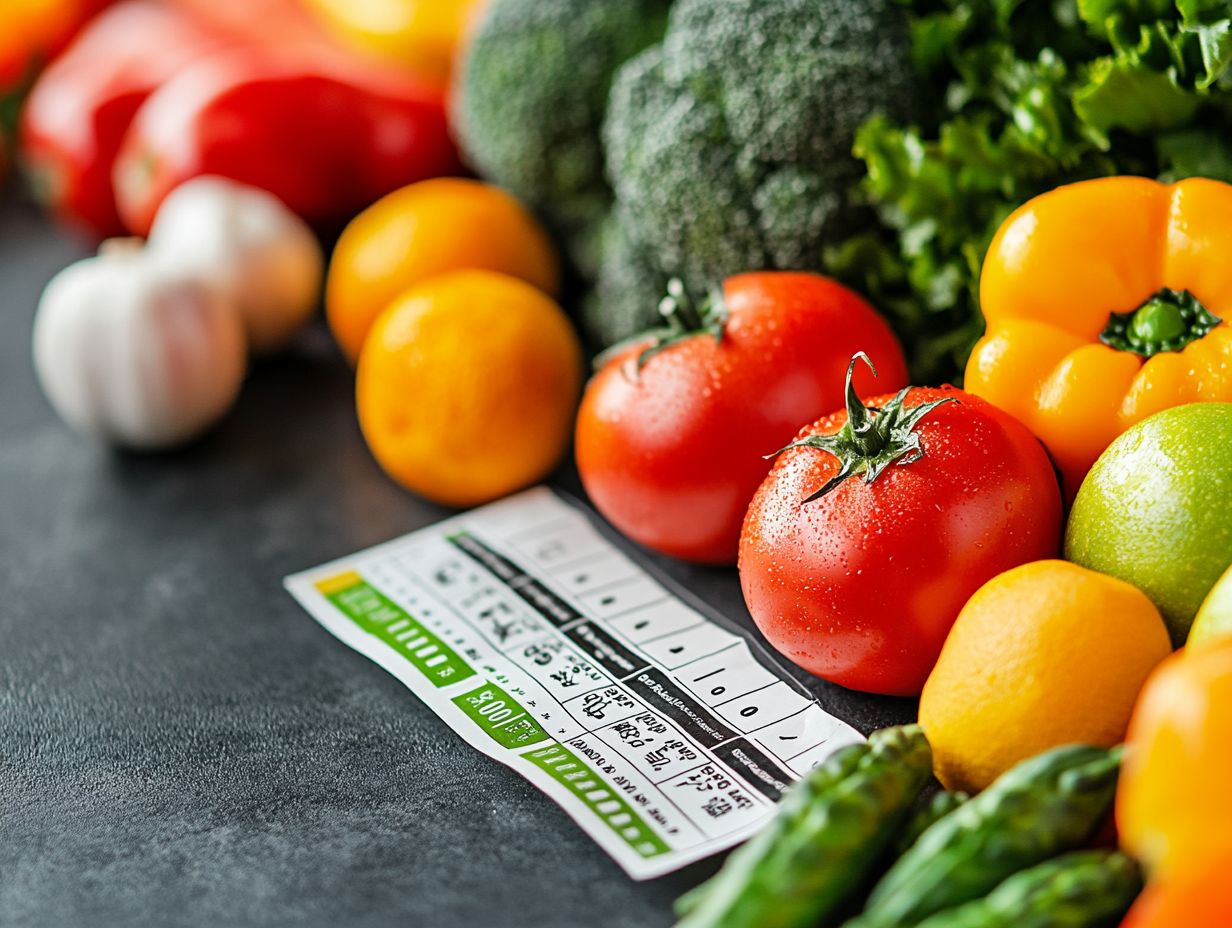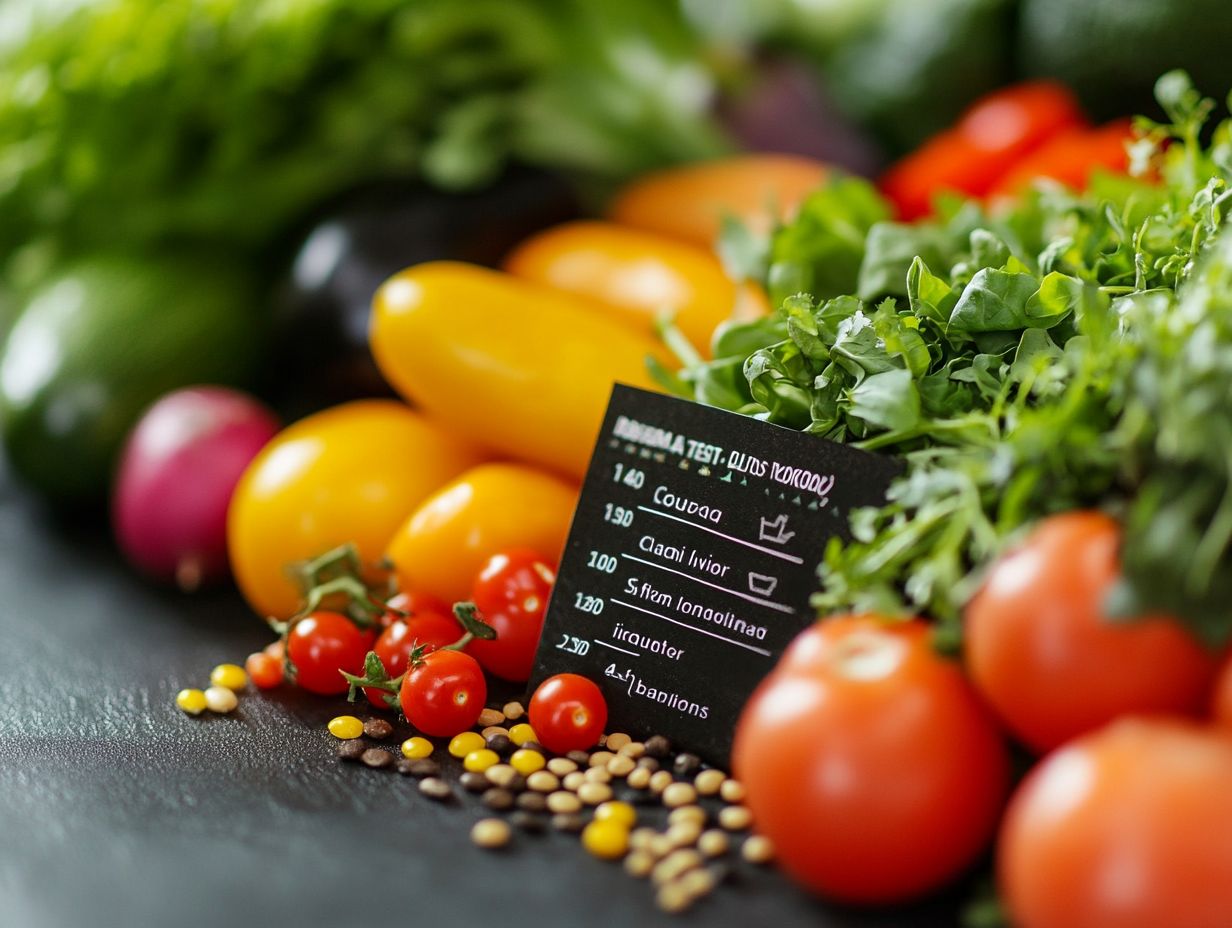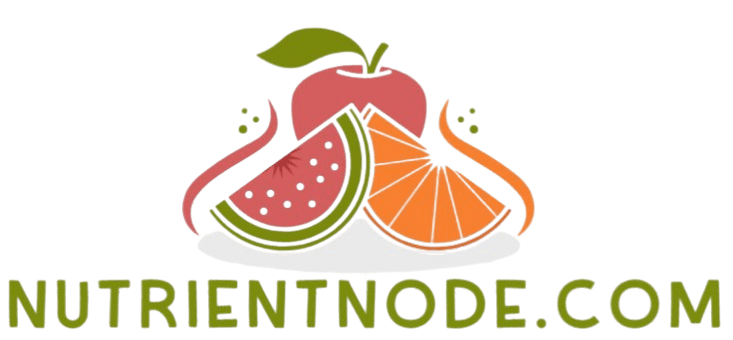How to Recognize Nutritional Labels?
Navigating the world of food can feel like wandering through a maze, especially with the countless products clamoring for your attention.
Nutritional labels serve as vital tools, crafted to help you make informed choices about what you eat. This article dissects the key components of these labels, guiding you through everything from the Nutrition Facts to decoding the ingredients list.
It also tackles common misconceptions and offers practical tips for customizing your choices to fit your dietary needs. By the end, you ll find yourself empowered to read labels and make healthier decisions with confidence.
Contents
Key Takeaways:

Nutritional labels provide important information about the contents of food products and can help individuals make informed choices about their diet. Understanding the key components of nutritional labels, such as the nutrition facts and ingredients list, is crucial for accurately interpreting the information provided. Consumers should be aware of common misconceptions and marketing tactics surrounding nutritional labels. Additionally, tips such as reading labels for specific dietary needs can enhance informed decision-making.
Understanding Nutritional Labels
Understanding nutritional labels is crucial for making informed food choices and fostering a healthy diet, especially in a world filled with processed foods and deceptive marketing tactics. For more insights, check out understanding nutritional labels in dietary guidelines.
These labels offer essential insights into the ingredients, nutritional content, and health claims tied to food products. This knowledge allows you to truly grasp what you re consuming.
By familiarizing yourself with these labels, you can effectively manage your intake of calories, saturated fat, sodium, sugars, and dietary fiber. This knowledge ultimately gives you the power to take proactive steps in preventing heart disease and other health-related concerns.
What are Nutritional Labels?
Nutritional labels are the helpful panels you see on food packages, providing you with crucial details about a product s nutritional content and ingredients list.
These labels show important details, including the serving size, which tells you the recommended portion to consume, and the total calories per serving, helping you gauge your energy intake.
The daily value percentages give you a glimpse into how much a specific nutrient contributes to your overall daily diet, based on a standard 2,000-calorie intake.
By examining these elements, you can make informed decisions about your food choices. This allows for healthier dietary habits and greater nutritional awareness in your everyday life.
Key Components of Nutritional Labels
The essential elements of nutritional labels encompass the nutrition facts, providing you with a detailed account of calories, macronutrient breakdown, and micronutrient content.
The ingredients list also shows what s in the food, allowing you to make informed choices about what you consume.
Nutrition Facts
The nutrition facts section offers vital insights, such as calories per serving, daily values, and the amounts of saturated fats, unsaturated fats, dietary fiber, and sodium content.
Understanding these elements is essential for making informed dietary choices. Knowing the calorie count enables you to gauge your energy intake, which is crucial for effective weight management.
The daily values, typically presented as percentages, help you see how a specific food fits into your overall daily nutrient requirements. Saturated and unsaturated fats each play pivotal roles in heart health; being aware of the types and amounts can guide you in selecting heart-friendly options.
Dietary fiber is key for digestive wellness and can help you feel fuller. Sodium content is critical for maintaining healthy blood pressure levels.
When you understand these values, you empower yourself to choose foods that align seamlessly with your health goals. By understanding these numbers, you can quickly choose foods that support your health goals. Don t wait start making better choices today!
Ingredients List

The ingredients list on food packaging is your roadmap to understanding what goes into the products you consume. It empowers you to identify potential allergens and make healthier choices!
This essential aspect of food labeling puts you in control of your dietary decisions. You can avoid ingredients that might trigger allergic reactions, such as peanuts or gluten.
Understanding processed ingredients is crucial. Many common foods are packed with additives and preservatives that can affect your health over time.
By mastering the art of reading ingredient lists, you can distinguish between whole, natural ingredients and synthetic compounds. This paves the way for better eating habits and choices.
Cultivating this awareness enhances your overall wellness and inspires a more mindful approach to food.
Interpreting Nutritional Labels
Interpreting nutritional labels with precision is essential for making informed food choices. To truly understand these labels, it’s important to know the truth about nutritional labels, especially when it comes to grasping recommended daily values and understanding portion sizes.
Being savvy about these details empowers you to take charge of your dietary habits and nourish your body effectively!
Recommended Daily Values
Recommended daily values on nutritional labels provide insight into how much of a nutrient is contained in a serving compared to the total daily amount suggested for a healthy diet.
These guidelines steer you toward balanced nutrition and informed eating choices. Understanding these values helps you evaluate how specific foods contribute to your overall dietary needs, ensuring you obtain essential vitamins and minerals while staying within your caloric limits.
This knowledge cultivates healthier eating habits and nudges you toward nutrient-dense foods rather than those packed with sugar and unhealthy fats.
Ultimately, understanding these daily values encourages a proactive approach to nutrition, empowering you to make choices that align with your health goals!
Identifying Hidden Ingredients
Identifying hidden ingredients is essential for anyone mindful of food allergies or eager to avoid processed foods full of unhealthy additives.
By meticulously examining product labels, you can uncover a range of hidden ingredients that may not be immediately recognizable. For example, terms like “monoglycerides” or “diglycerides” are additives that may come from animal fats, posing potential risks for those with specific dietary restrictions.
Similarly, the term “natural flavors” can be vague, leaving you uncertain about what it truly contains. This is especially concerning for individuals with allergies. Understanding these labels empowers you to make informed choices and highlights the importance of vigilance for those sensitive to allergens.
Common Misconceptions about Nutritional Labels
Common misconceptions about nutritional labels often arise from misunderstandings of labeling loopholes and the marketing tactics food manufacturers employ.
These strategies can mislead you when trying to make informed and healthy choices.
Labeling Loopholes

Labeling loopholes enable manufacturers to showcase their products in a more appealing light, often leading you to believe you re making healthier choices.
Take terms like “natural” or “healthy”; these can be misleading since they lack strict definitions and can appear on products loaded with added sugars or unhealthy fats. A packaged granola bar may proudly declare it s “made with whole grains,” yet a closer look could reveal it’s also packed with high levels of syrup or preservatives.
Such marketing tactics can skew your understanding of what a nutritious option truly is. When you encounter vibrant packaging and enticing health claims, it s easy to overlook less favorable ingredients, influencing your dietary choices and overall well-being.
Marketing Tactics
Marketing tactics often take advantage of health claims on nutritional labels. This can lead you to believe a product is healthier than it truly is.
In the food industry, this is particularly rampant. Brands use enticing phrases like “low-fat,” “natural,” or “fortified” to draw you in.
By highlighting specific benefits, such as being free from artificial ingredients or packed with added vitamins, companies can create a false impression of health, even when the overall nutritional profile raises eyebrows.
This strategy affects your buying choices and adds to the confusion around nutritional labels, causing you to miss crucial information that could help you make smarter choices.
Ultimately, the clarity of these claims is vital in shaping your perceptions and behaviors in a bustling marketplace.
Tips for Making Informed Choices
Don t wait! Master label reading to make choices that benefit your health today! Making informed choices requires you to master the art of reading labels and comprehending nutritional information. This skill allows you to tailor your decisions to your unique dietary needs and preferences, paving the way for a healthier lifestyle.
Reading Labels for Specific Dietary Needs
Reading labels is crucial for anyone with food allergies or those adhering to specific nutrition plans. This practice gives you the power to make informed, healthy choices.
By meticulously examining ingredient lists, you can pinpoint potential allergens or ingredients that may not suit your dietary preferences, such as gluten-free options for wheat sensitivity or low-fat selections to help manage caloric intake.
If you’re monitoring sugar levels, understanding how carbohydrates are presented on labels becomes essential. This enables you to make decisions that keep you within your daily limits.
Staying vigilant about food allergies is non-negotiable; even the slightest hidden traces of allergens can trigger serious reactions. By refining your label-reading skills, you can expertly navigate the complexities of grocery shopping while prioritizing your health and safety.
Frequently Asked Questions
What are nutritional labels?

Nutritional labels are required to be placed on most packaged food and beverages by law. They provide important information about the nutritional content of a particular food, including the amount of calories, fat, sugar, protein, and other important nutrients.
Why is it important to read nutritional labels?
Reading nutritional labels can help you make informed decisions about what you are eating and how it fits into your overall diet. By understanding the nutritional content of a food, you can make healthier choices and maintain a balanced and nutritious diet.
How do I read a nutritional label?
Start by looking at the serving size and number of servings per container. Then, check the total calories and the amounts of the main nutrients: fat, carbohydrates, and protein. Next, look at the ingredients list and any additional information, such as vitamins and minerals.
What should I look for on a nutritional label?
When reading a nutritional label, it’s important to pay attention to the serving size and number of servings per container. You should also check the amounts of calories, fat, cholesterol, sodium, carbohydrates, fiber, sugar, and protein to ensure they align with your dietary needs.
How can I identify unhealthy ingredients on a nutritional label?
Some ingredients to watch out for include added sugars, trans fats, and high levels of sodium. These can contribute to health issues such as obesity, heart disease, and high blood pressure.
Are there any nutritional labels that are more informative than others?
Yes, some nutritional labels provide more information than others. For example, the FDA’s Nutrition Facts label provides a breakdown of nutrients and their daily value percentages, while some brands may only list basic information such as calories and fat content.


